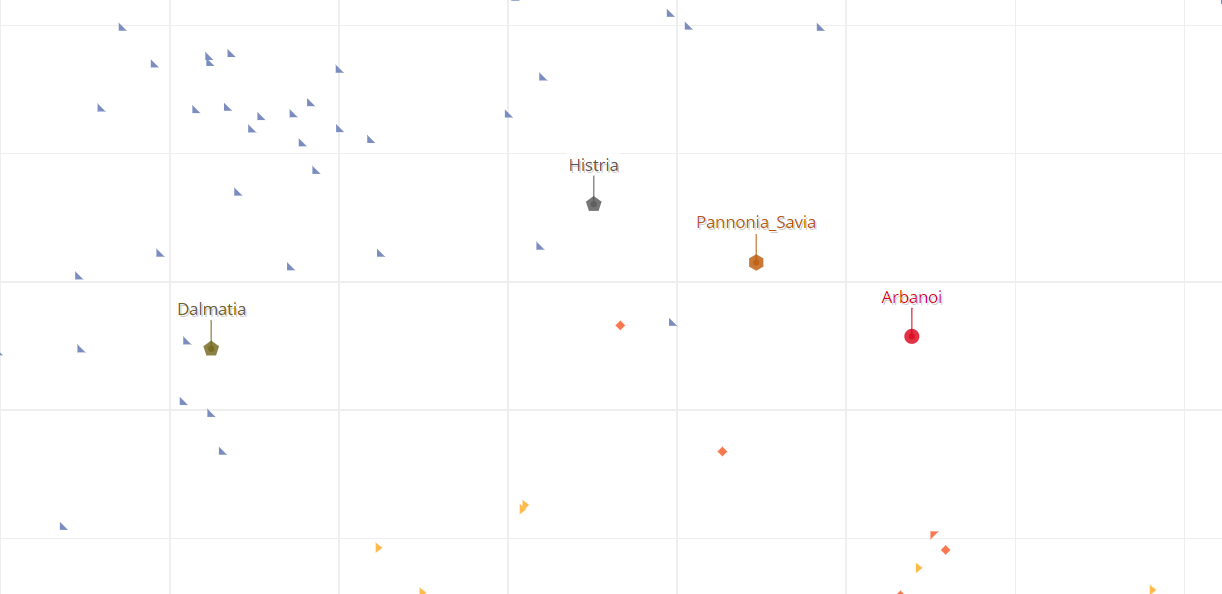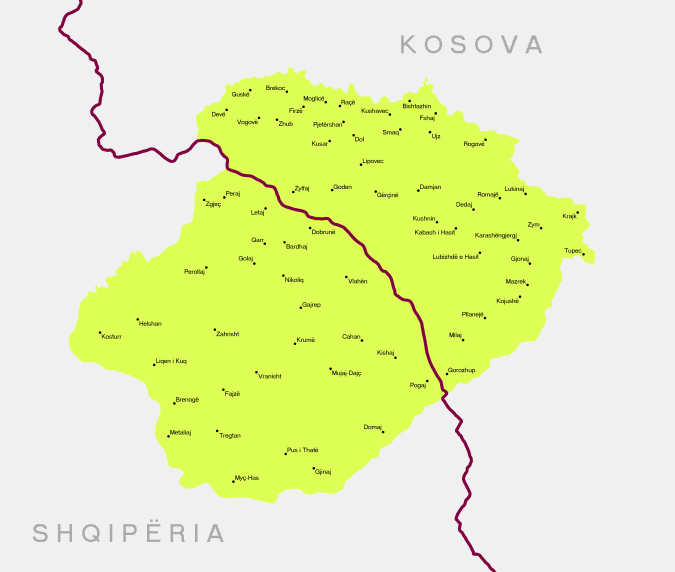Check this out:
Basically anyone who does not agree with this nutcase and some others here is a sock of someone or not E-V13. According to this dude, Proto-Albanians were E-V13 , possibly from Central/Eastern Balkans / Daco-Thracians, anyone who suggests anything else is a sock. Mindblowing what a nut case this guy actually is.
And you are asking me what is my problem here ?
How many people I have seen this guy accuse of being a sock is mind blowing. His buddy spams the same theories about Matzinger over and over again. They could almost be the same person, of course I am not a lowlife to accuse people of such. His other buddy 'ihype' is another E-V13 that has no compelling arguments or facts.
You are obviously that J2b2-L283 Albanian troll Bruzmi obsessed with making E-V13 elsewhere not present, or if present trying to explain by Middle Age expansion.
So, you are not even worth of paying attention too. I don't even know how Riverman has nerves with you, or how he doesn't see the scam on you guys.
I'm E-V13, not J-L283; nor am I Bruzmi
Basically anyone who does not agree with this nutcase and some others here is a sock of someone or not E-V13. According to this dude, Proto-Albanians were E-V13 , possibly from Central/Eastern Balkans / Daco-Thracians, anyone who suggests anything else is a sock. Mindblowing what a nut case this guy actually is.
And you are asking me what is my problem here ?
How many people I have seen this guy accuse of being a sock is mind blowing. His buddy spams the same theories about Matzinger over and over again. They could almost be the same person, of course I am not a lowlife to accuse people of such. His other buddy 'ihype' is another E-V13 that has no compelling arguments or facts.






